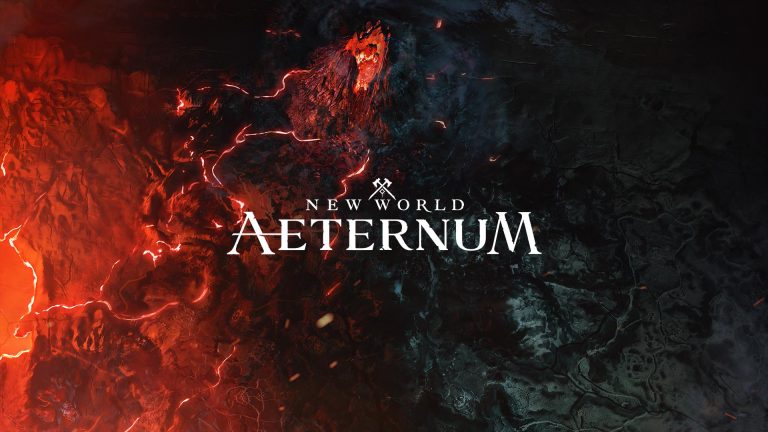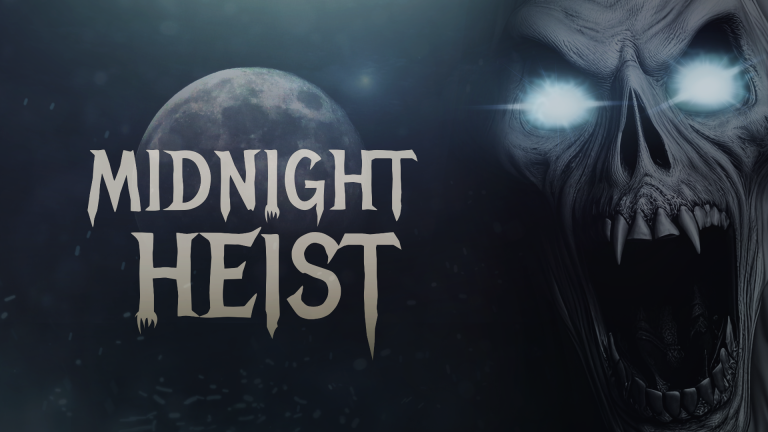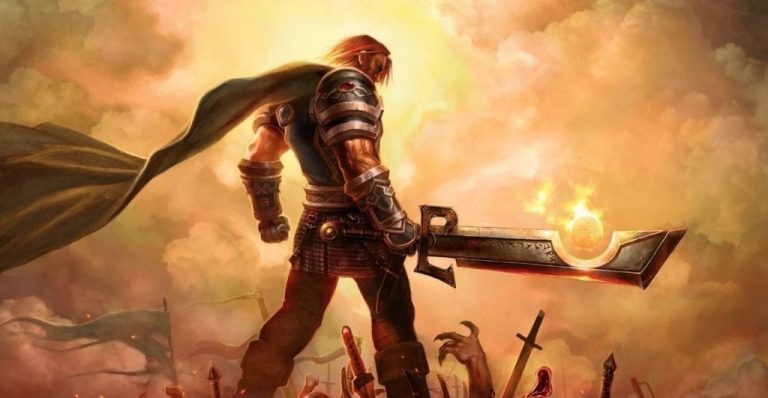When I first launched New World: Aeternum in October 2025, I wasn’t chasing nostalgia or hoping for redemption. I’d never played it before. I knew the game had a complicated history – an ambitious MMO from Amazon Games that stumbled at launch, rebuilt itself, and found new direction under Game Director Katy Kaszynski – but that’s where my research ended. I wanted to experience the current game as it stands: a fully realized MMO living in its own skin and no longer fighting its past.
After a few weeks in Aeternum, leveling through story arcs, running expeditions and now stepping cautiously into the haunting new Nighthaven zone, I came away with a simple conclusion: this is a confident MMO. It’s not perfect, no world this size ever is, but it feels coherent, modern, and most importantly, alive.
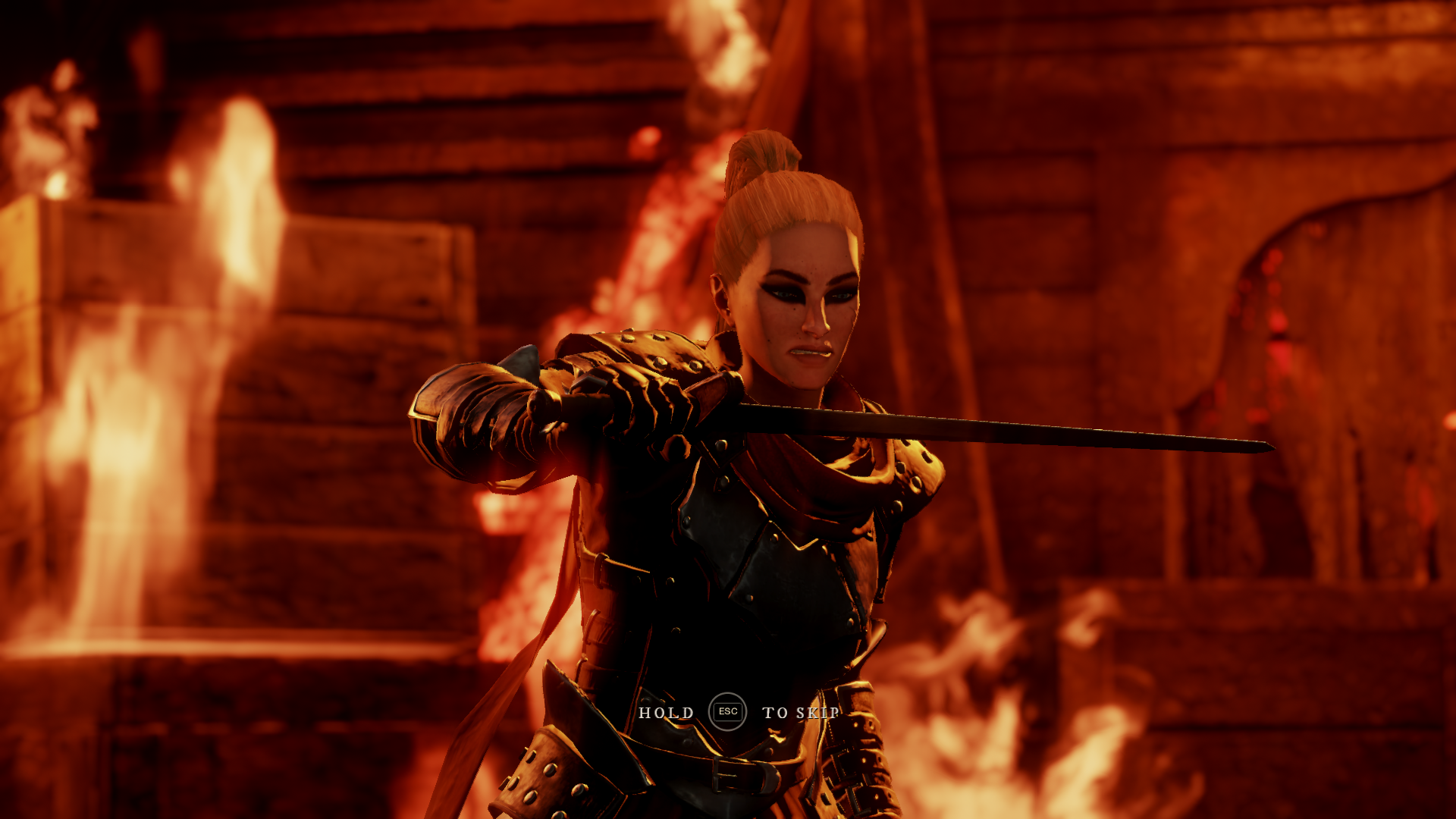
Character Creation
Character creation is the first moment you realize that New World doesn’t want to waste your time. The customization tools are straightforward but nothing extravagant. You’re pretty much just setting a face and walking into the unknown.
At first, I thought it was underwhelming. The MMO genre is overflowing with hyper-detailed creators that let you adjust nostril angles and iris depth, and New World doesn’t bother with any of that. Then I understood why. This is a game that wants you to start becoming something through action. The system doesn’t lock you into a class or profession at birth. You can be a musket sharpshooter today and a battleaxe tank tomorrow. The body you make is just a vessel but your identity is forged through weapons, attributes, and choices made in the field.
It’s minimal by design, and once I realized how much freedom the game gives later, the simplicity made perfect sense.
Verdict: Functional and fast, but not a destination feature.
Classes
New World’s biggest departure from traditional MMOs is that it has no fixed classes. You choose your combat role entirely through your equipped weapons, gear, and attribute points. I started with a sword because it was basic, dependable and grounded. But curiosity led me to pick up a fire staff, and within a few minutes, my character transformed into a pyromancer with explosive AoE attacks. The transition didn’t require rerolling or abandoning progress; I simply swapped weapons and learned new skills.
Every weapon has its own mastery tree with two branching paths. You can build for crowd control, burst, or sustain, and mix active and passive skills however you prefer. This classless system is a blessing for players who enjoy experimentation, but it comes with a learning curve. Without an archetype to guide you, it’s easy to feel lost at first. I spent hours testing builds before I found something that clicked.
Still, that freedom is liberating. The game rewards curiosity rather than punishing indecision. You can respec cheaply in the early levels and tinker endlessly. Instead of being told what kind of hero I was, I got to decide through play.
Verdict: Broad freedom with a learning curve. No classes can be a strength if you enjoy building.
Combat
The first time I swung my sword in New World, I understood why so many people praised its combat system. Every attack has a sense of physicality. The swing connects with force, the shield bash lands with thud-like impact, and even a dodge feels more like rolling through gravel than floating away from danger. There’s no tab-targeting here. Combat relies on manual aim, precise timing, and stamina management. It’s more Dark Souls than World of Warcraft.
You can’t button-mash your way to victory. Every weapon swing consumes stamina, and missing an attack leaves you vulnerable. You must learn spacing, read enemy telegraphs, and know when to block or dodge. The result is a system that feels both strategic and tactile.
As a new player, the difficulty curve felt fair. Early enemies teach the basics, while elite zones punish sloppiness. By the time I joined group content, I understood that every mistake, misjudged roll or greedy heavy attack had consequences. And that’s what made it satisfying. The combat doesn’t earns your respect.
Verdict: Responsive and readable with satisfying weight. Balance is healthy.
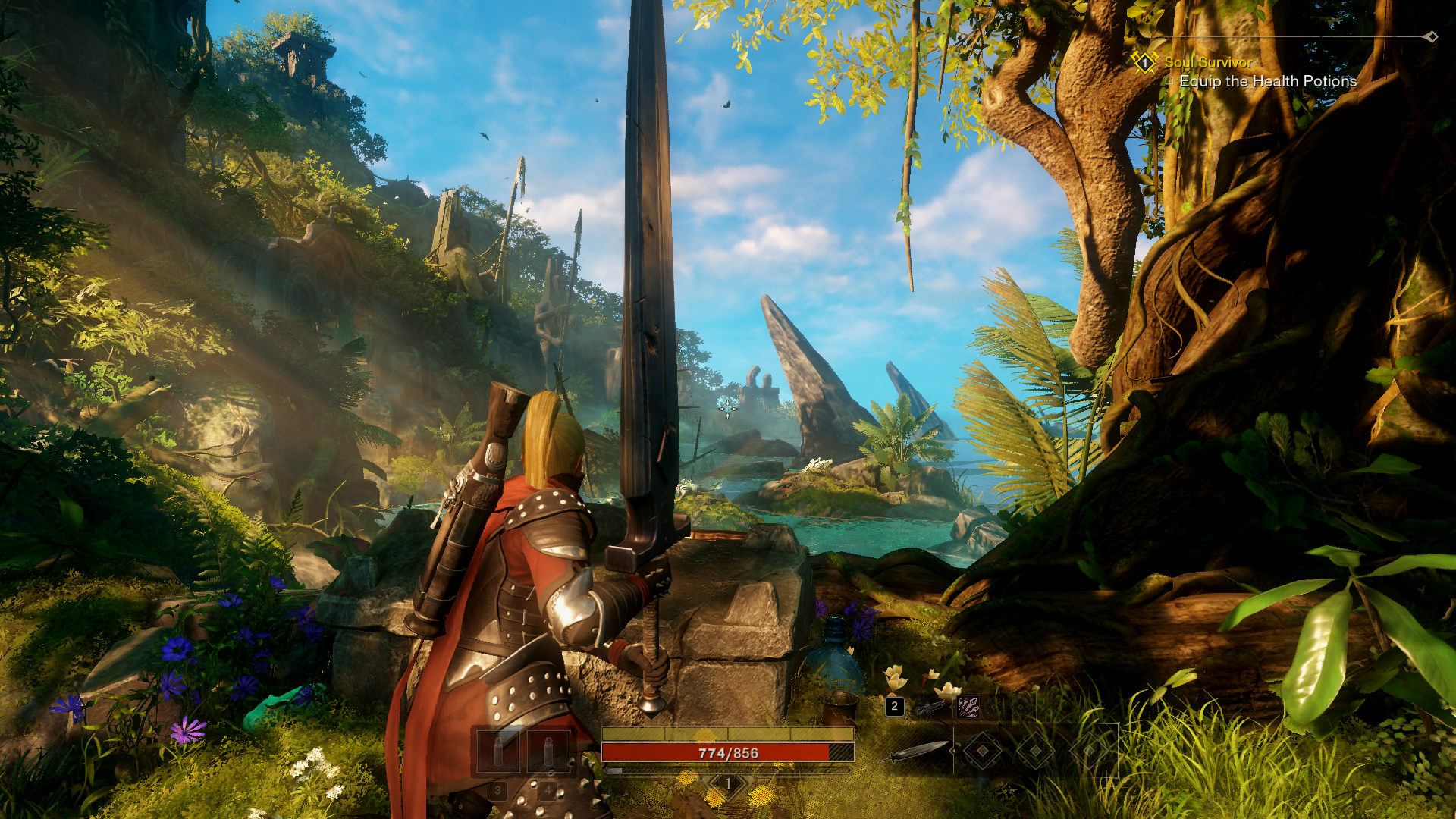
Open World
Aeternum is one of the most visually distinctive worlds I’ve seen in an MMO. It’s not high fantasy in any real traditional sense. There are no elves or dragons only corrupted soldiers, ancient ruins, and whispers of magic. The environments change from misty forests to desert ruins, volcanic ridges, and now the dark serenity of Nighthaven, the latest region introduced in Season 10.
Exploration doesn’t feel rushed. The world rewards patience: hidden chests, resource veins tucked behind waterfalls, ruins. The art direction balances realism with subtle mysticism, making Aeternum feel like a place that could almost exist.
The scale is impressive. Even on a mount, I often stopped to take in the view. Yet, for all its grandeur, the world isn’t cluttered. You can spend an hour simply gathering herbs and never feel idle.
If there’s one drawback, it’s population distribution. Some areas felt quiet especially outside peak hours. The world is big enough that isolation is noticeable. But that solitude sometimes amplified the immersion, making the world feel mysterious rather than empty.
Verdict: Artful and inviting, with Nighthaven as a highlight. Server population variance can dull the vibe between events.
Quests
MMO quests are often repetitive by nature, and New World doesn’t entirely escape that trap. There are fetch quests, kill counts, and the occasional escort. But what surprised me was how well it all runs. The quest chains are cleanly structured and voice-acted, with a guiding hand that rarely overexplains. Objectives feel natural, and the story provides enough context to make you care without dragging into monologues.
Early quests introduced Aeternum’s mysteries, the island’s immortality curse, the strange corruption spreading through its lands, and the factions vying for control. The writing doesn’t reach the poetic heights of Final Fantasy XIV, but it’s competent.
What impressed me most was pacing. Tasks unfold efficiently, with clear markers and sensible routing. You’re rarely lost or forced to backtrack endlessly. The balance between main story and side content is tight and it feels like constant progress without feeling overwhelmed.
The Economy
For a newcomer, the economy looks intimidating with trading posts, crafting materials, taxes, fees and fluctuating markets but after a few hours, it starts to make sense. Every server has a global Trading Post where you can buy and sell goods. The interface is straightforward: list an item, set a price, and collect profits later. It’s cleaner than most MMOs, even if the menus could use some modernization.
The in-game economy revolves around three things: gathering, crafting, and territory control. Every item, from potions to legendary weapons, begins as a resource harvested or made by players. I quickly realized that everything I picked up had value. Ore, wood, herbs, even fish. It all feeds into someone’s crafting profession. Prices change daily, and a smart trader can make a fortune by watching trends.
I appreciated how interconnected everything felt. Gathering wasn’t a chore. The sense of ownership and of building a character who contributes to the world’s market made the grind strangely rewarding. Taxes and upkeep still exist, but they’re manageable, and gold sinks help keep inflation in check.
The one area that could use some work is the user interface. Managing multiple listings or tracking historical prices can feel clunky. Still, it’s a small complaint in an otherwise functioning system.
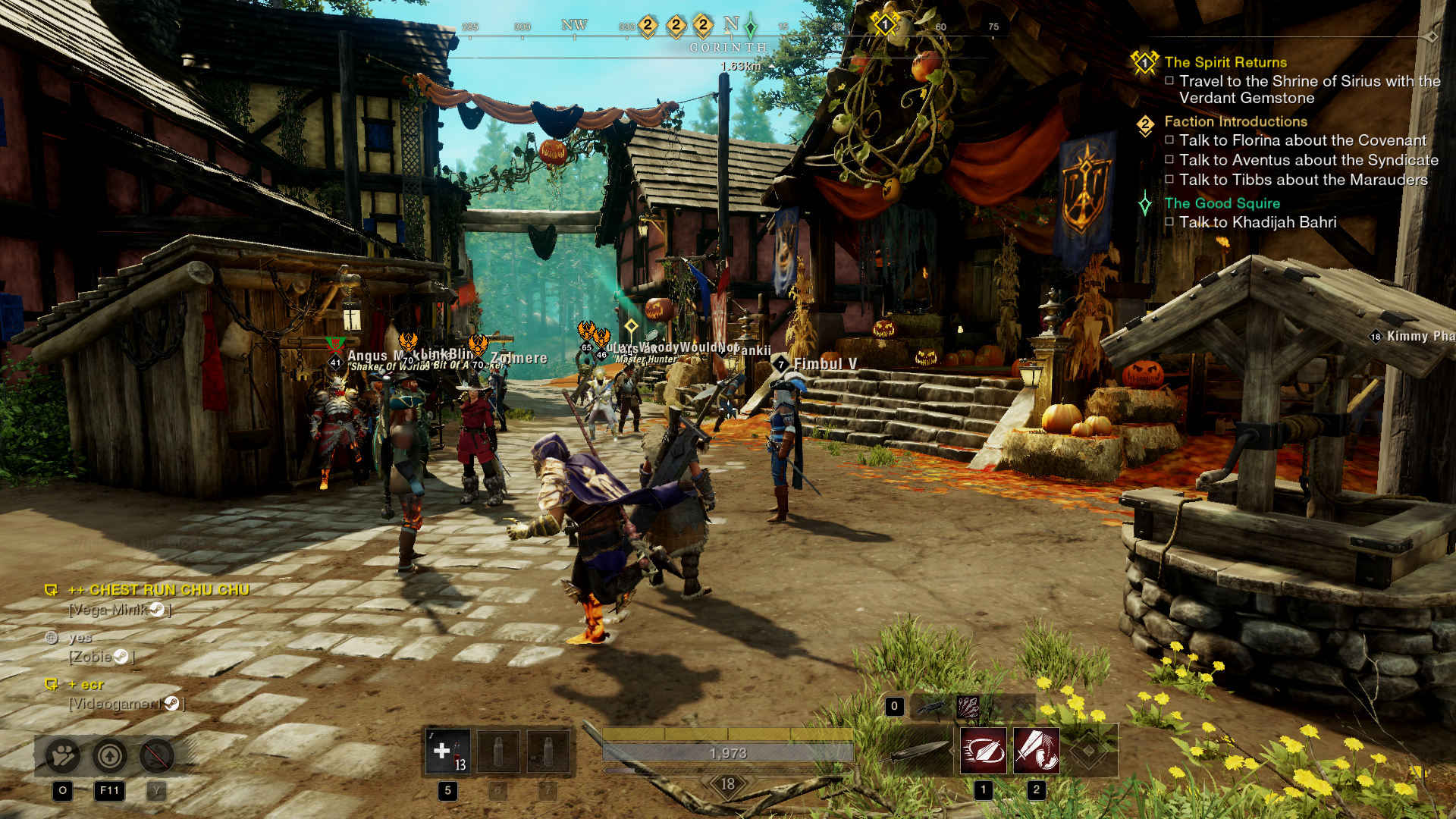
Nighthaven: A Living Shadow
Season 10’s Nighthaven is the centerpiece of the current game, and it’s spectacular. Imagine a haunted coastal region, lit by eerie bioluminescence and flickering lanterns.
The zone’s story revolves around the Tear of Gaea and the corrupted forces attempting to control it. I won’t spoil details, but it threads together seamlessly with world events, random encounters, and raid progression. Unlike some MMO zones that feel like isolated expansions, Nighthaven feels like a natural continuation of Aeternum’s identity.
World bosses, public events, and lore fragments make it worth revisiting daily.
User Interface and Map Design
If there’s one area of New World that feels oddly underdeveloped for an MMO in 2025, it’s the interface. The UI is clean in style with nice crisp fonts, come muted panels, and a minimalist inventory layout. But functionally, it can be frustrating. Everything works, but it also feels like everything takes a few more clicks than it should. Moving items between storages feels like juggling, sorting your inventory is clumsy, and crafting menus, even though they’re detailed, hide essential information under layers of icons and tooltips. It’s inelegant.
You can sense the designers aimed for immersion over convenience, and while that keeps the screen uncluttered, it can test your patience once you start handling large quantities of materials or swapping between builds.
The most divisive omission, though, is the lack of a minimap. For some, that’s part of New World’s uniqueness, it forces you to read the terrain, learn landmarks, and actually look at the world rather than chase dots on a compass. For others, including myself, it can be inconvenient, especially when you’re new and trying to find your way.
There are third-party minimap addons available through Overwolf, but they’re awkward and mostly unhelpful. They usually lag behind your movement, and can’t display key data like nearby resources or faction control zones. They serve more as a compass replacement than a true navigational tool.
What saved me was discovering the interactive online map, which you can find by clicking here. It’s an excellent companion tool, showing exact spawn points for resources, chest locations, and gathering routes. When I started levelling my gathering professions, that map became my best friend, I won’t even lie.
Verdict: In short, New World’s UI is nice but underpowered.
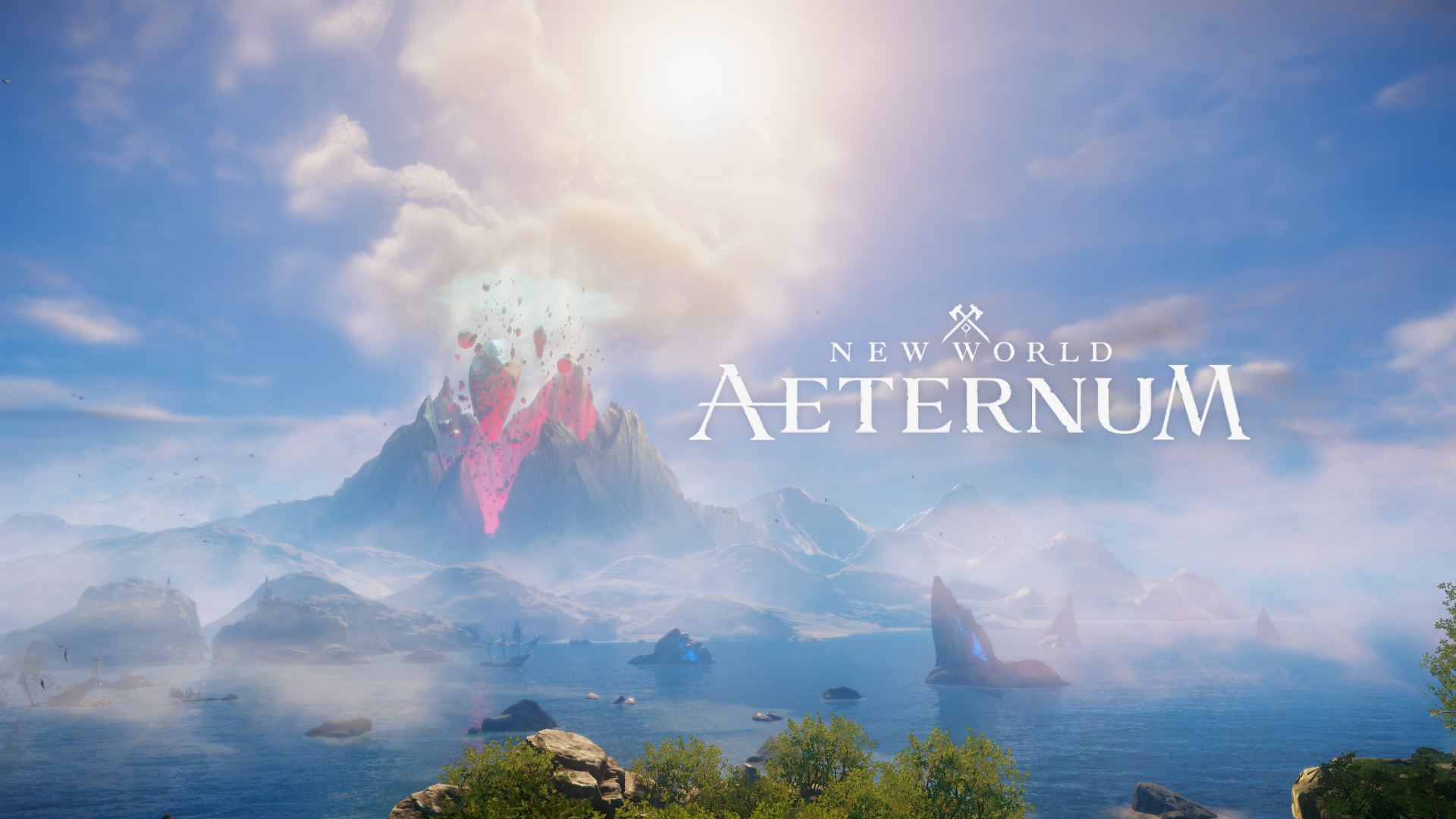
The Current Direction Under Katy Kaszynski
I didn’t live through the game’s early struggles, but even as a newcomer, it’s obvious that leadership has stabilized. Katy Kaszynski took over as Game Director earlier this year, and nearly every review or interview I read before joining emphasized one thing: coherence.
That coherence shows. Everything feels like it belongs to the same vision, from seasonal structure to combat tuning to reward pacing. Nothing feels really like filler to me. The updates come regularly, communication is clear, and player feedback appears to be integrated into future plans rather than ignored.
It’s easy to tell that this isn’t a flailing project anymore. It’s a mature MMO, confidently delivering content that respects both veteran investment and new arrivals like me.
Final Verdict
Coming to New World as a new player in 2025 feels like arriving at the right time. The failure of the original launch and the uncertain middle years are behind it. What remains is a very tactile MMO that values effort, skill, and your presence.
The lack of traditional classes might be confusing at first, but it actually becomes liberating. The combat is great, the world is beautiful, and progression is meaningful whether you craft, fight, or explore. There are still UI clunks and population dips, but those are manageable flaws in an otherwise immersive experience.
If you want an MMO that respects your time but still asks you to earn your triumphs, New World: Aeternum is definitely worth stepping into.
After dozens of hours, I don’t feel like I’d “caught up” to veterans but I do feel like I’ve joined a living world. One still evolving, but finally, undeniably, worth being part of.
Overall Rating
Discover more from Gaming Coven
Subscribe to get the latest posts sent to your email.
